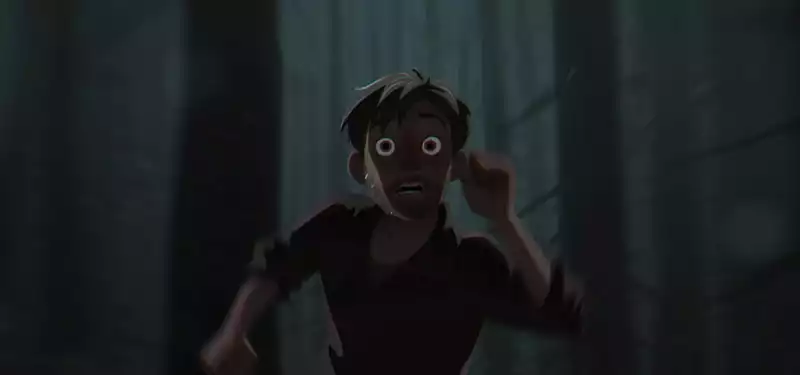Dec 8, 2016
Animated short "Sonder" chooses unconventional rendering solution: Unity
Animator Neth Nom, who has worked for Pixar, Rhythm & Hues, Sony, and Disney, has created a new CG short film called "Sonder" that uses the Unity game engine for rendering.
Nom shared with Cartoon Brew some thoughts on how he and the film's crew of many artists from around the world approached Sonder differently, usually through the Unity engine, the realm of games and virtual/augmented reality experiences They talked about.
Before we get into that, here's a teaser:
Sonder is being created by about 60 artists, with Nom and producer Sarah Sampson at the helm. The main animation tool is Maya, but the director says Unity was chosen for rendering because "we are pushing this technology so that viewers will no longer be able to distinguish between a movie made in Hollywood and a movie made with a game engine. To enable this, a pipeline was established in which assets were built in Maya, and final layout and animation adjustments were also made in this software
. All data, including sets and character animations, were then exported to Unity for effects, shading, lighting, and final rendering.
"We ran into some challenges [in working with Unity], such as finding a reliable way to assemble and import assets into the scene," says Nom.
"In the normal pipeline of Maya 2016, shading and texture mapping are essential components while passing assets downstream. We export the Alembic cache to Unity, so assembly is actually the first step within Unity. Also, most of our team was new to Unity, so training the artists and building the tools took time".So what advantage does Unity bring over rendering via a renderer or render farm, Nom notes that it is "real-time flexibility. With Unity, what you see in the scene is what you get. This allows artists to address notes and corrections on the fly while still allowing time to achieve the desired look. As a result, production time is greatly reduced."
[15Another advantage noted by Nom is the ability to create a vr experience around the film because the assets, models, and animations are "Unity-ready." That vr experience is planned once the film is completed, currently scheduled for fall 2017.
The production of the film can be followed here.




Post your comment